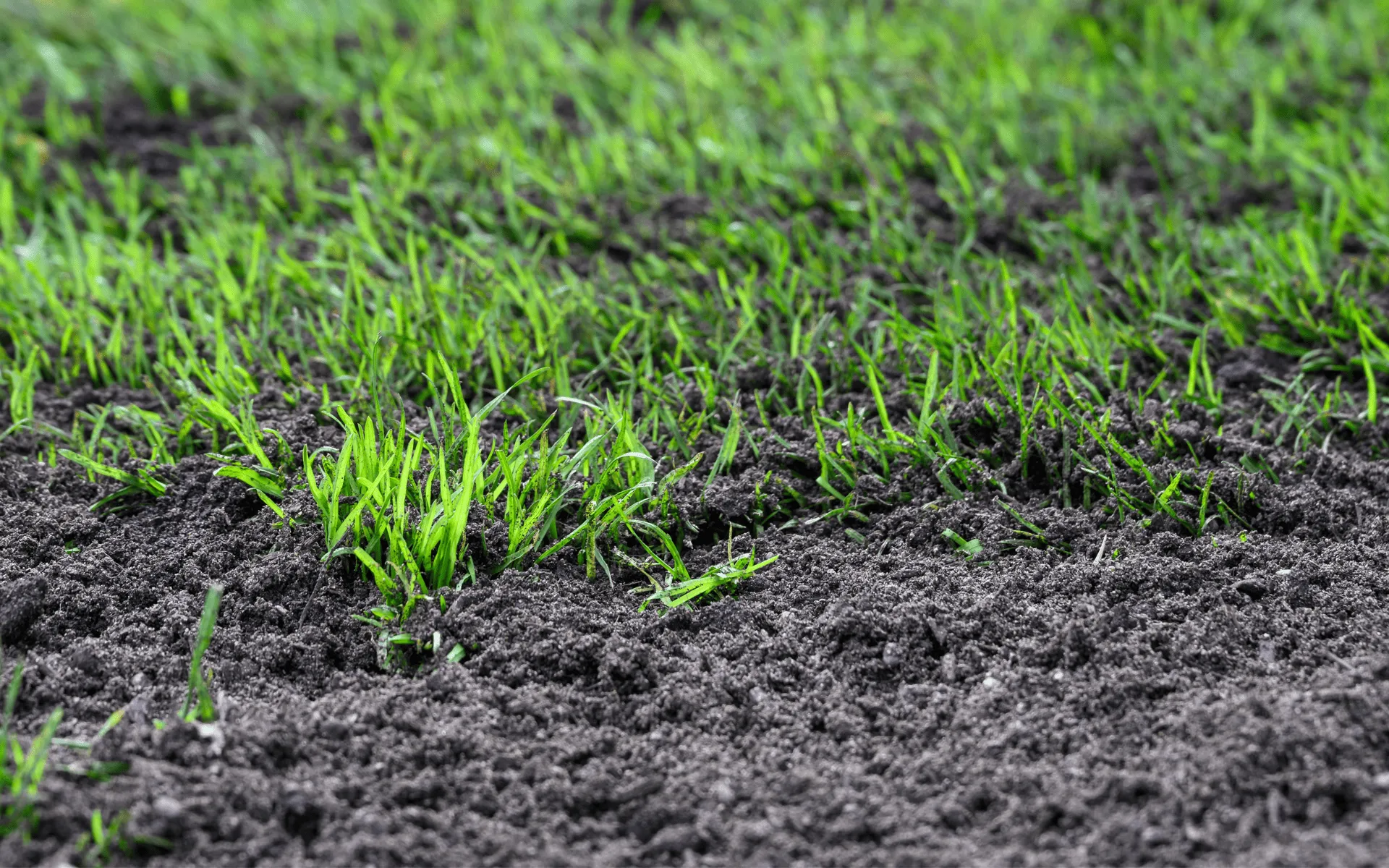Every season in Australia places unique demands on your lawn. Winter slows growth, summer tests drought tolerance, autumn prepares turf for rest, and spring triggers rapid recovery and expansion. Many homeowners approach lawn care as if every season is the same, but this one-size-fits-all approach leads to wasted effort and poor results.
Understanding how spring differs is the key to setting the right priorities and avoiding mistakes that can damage your grass long-term.
Comparing Spring to Summer: Growth vs Survival
In summer, lawn care shifts from growth to defence. High heat, water restrictions, and heavy use all put lawns under stress. Spring care is proactive; summer care is reactive.
- Spring: Encourage root development with deep watering and slow-release fertiliser.
- Summer: Focus on retaining moisture, mowing less aggressively, and preventing stress.
The biggest difference is intensity. In spring, your lawn responds quickly to improvements. Fertiliser applied in October produces strong growth, while the same product in January risks burning grass or being wasted. Watering in spring trains deep roots, while summer watering often becomes emergency top-ups to keep grass alive.
In short, spring is the season to strengthen, summer is the season to protect.
Comparing Spring to Autumn: Expansion vs Preparation
Autumn is often underestimated, but it plays a big role in lawn health. Unlike spring, where the aim is expansion, autumn is about preparing for dormancy and ensuring recovery from summer wear.
- Spring: Overseeding fills gaps, and mowing encourages thicker coverage.
- Autumn: The focus shifts to feeding the soil, repairing damage, and reducing thatch before winter.
Spring and autumn are both growth seasons, but they differ in intent. In spring, you’re adding strength and density; in autumn, you’re consolidating what’s left after summer and building reserves for winter. Fertilising in spring fuels new shoots, while fertilising in autumn builds underground carbohydrate reserves.
Comparing Spring to Winter: Renewal vs Maintenance

Winter lawn care in most parts of Australia is about minimal input. Cooler temperatures slow growth, meaning mowing, watering, and feeding all reduce to very low levels.
- Spring: High activity — mowing increases, feeding resumes, and pests emerge.
- Winter: Low activity — maintenance only, keeping debris off the lawn and avoiding compaction.
This contrast highlights why spring feels like a reset. After months of low activity, lawns can look thin or lacklustre. Spring care differs because it requires quick action to seize the narrow window before summer heat arrives. Skipping these tasks means the lawn goes into the hottest season already weak.
Soil Care: Spring vs Other Seasons
Soil health is the unseen factor that makes seasonal lawn care different.
- Spring: Aeration is critical. Soil often becomes compacted after winter rain, and opening it up allows new roots to develop. Topdressing also blends well in spring because active growth helps grass recover.
- Summer: Soil dries out, so water retention is the focus. Adding wetting agents becomes more important than aeration.
- Autumn: The priority shifts to organic matter. Compost and nutrients prepare soil for the winter slow-down.
- Winter: Intervention is minimal. Heavy feeding or aeration in cold months often stresses grass instead of helping it.
Spring stands apart because it’s the season where soil fixes have the biggest long-term payoff.
Weed Management: Why Spring Is Different
Weed control strategies also vary across the seasons.
- Spring: Prevention is best. Young weeds are easier to eliminate before they spread seed.
- Summer: Control becomes harder because weeds mature and often outcompete heat-stressed grass.
- Autumn: Broadleaf weeds thrive in cooler conditions, so spot treatments are useful.
- Winter: Growth slows, meaning weed spread is limited, but dormant seeds lie in wait.
This makes spring the prime time to establish dominance. Healthy grass, seeded early, naturally resists weeds, while spring weeding ensures you’re not constantly playing catch-up later in the year.
Watering Habits Across the Seasons
Watering is one of the clearest examples of how spring lawn care differs from other times of year.
- Spring: The priority is training roots. Deep, infrequent watering encourages strong development.
- Summer: Watering often becomes more frequent to prevent wilting, but restrictions in many regions force homeowners to adapt.
- Autumn: With milder temperatures, less watering is needed, but soil moisture should be maintained for repair work.
- Winter: Watering is minimal, except in very dry regions. Too much moisture risks fungal issues.
Spring lawn care is unique because it’s about setting habits. The way you water now directly determines how resilient your lawn will be when summer arrives.

Fertilising: Feeding at the Right Season
While fertiliser plays a role all year, its timing and purpose vary.
- Spring: Balanced, slow-release fertilisers encourage steady growth.
- Summer: Fertiliser is often avoided in extreme heat to prevent burning.
- Autumn: Fertiliser supports root energy storage for winter survival.
- Winter: Feeding is minimal because growth slows down significantly.
This shows why spring fertilisation is so impactful — it coincides with natural growth patterns, ensuring nutrients are absorbed and converted into new shoots and roots.
Final Thoughts
Spring lawn care isn’t just another step in the seasonal cycle — it’s the pivot point that shapes the rest of the year. It differs from other seasons because the focus is on opportunity rather than damage control. In spring, you can reset soil health, establish mowing and watering habits, outpace weeds, and feed your lawn while it’s most responsive.










